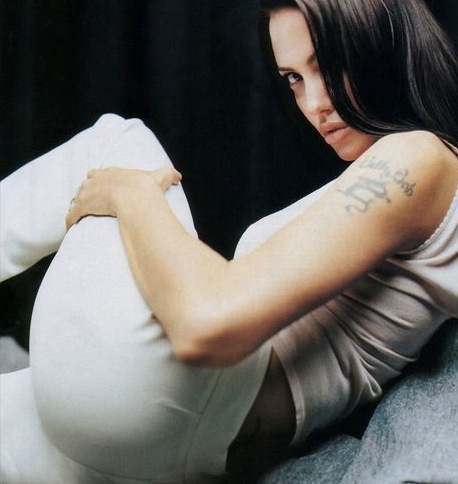
Cheetah births in internment are rare, so the Smithsonian Conservation Biology Institute proudly announced the birth of two cubs born to two separate females.
According to a press release, 5-year-old Amani gave birth on Dec. 6 and 9-year-old Zazi had her cub on Dec. 16. The births resulted in the facility's first-ever cheetah cubs.
Since mother cheetahs that produce only one cub, called a singleton, cannot make sufficient milk to keep the cub alive, scientists at the Smithsonian gave Amani's cub to Zazi to nurse after it was hand-raised by staff for 13 days. It's hoped that having two cubs will arouse Zazi to make a sufficient amount of milk.
“When we realized that Amani had a singleton, we detached the cub to hand rear it,” Adrienne Crosier, SCBI cheetah biologist, said in the press release. “So when Zazi gave birth, we decided it was the ideal opportunity to give both cubs a chance at survival as one litter under her care without any additional interference by us. Only a few institutions in North America have ever effectively cross-fostered cheetah cubs, and this is a first for SCBI.”

Amani's cub has already undergone broad testing, including an MRI, because the newborn displayed some worrisome tremors during its first few weeks of life. At first scientists thought the cub had hypothermia, but it displays usual growth and appetite. Then they supposed a congenital brain disorder, but so far there's been no proof of that and the cub seems to be doing improved now.
Nevertheless, cheetah cubs born in custody have about a 20 percent mortality rate, compared to up to 70 percent in the wild in east Africa. Animal care staff will therefore continue to monitor the two cubs intimately in the coming weeks and months. Thirty-three cheetah cubs, including the two new SCBI ones, have been born in North America this year and have survived. The Smithsonian zoo’s two services now care for 13 cheetahs.















No comments:
Post a Comment